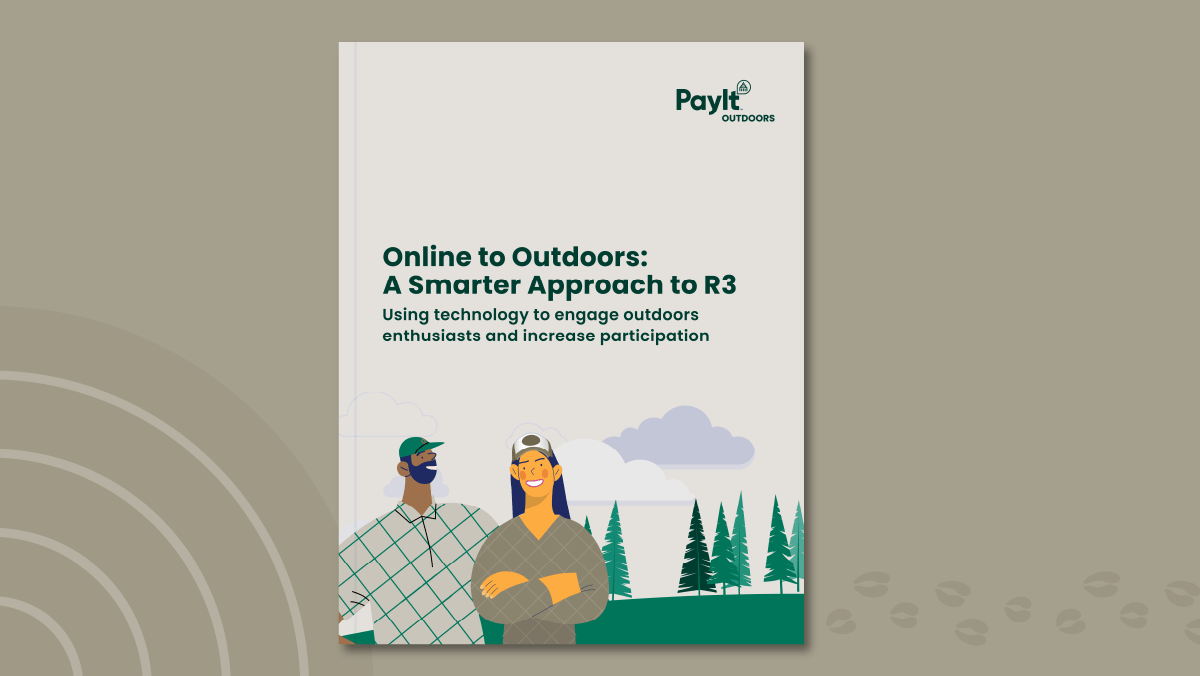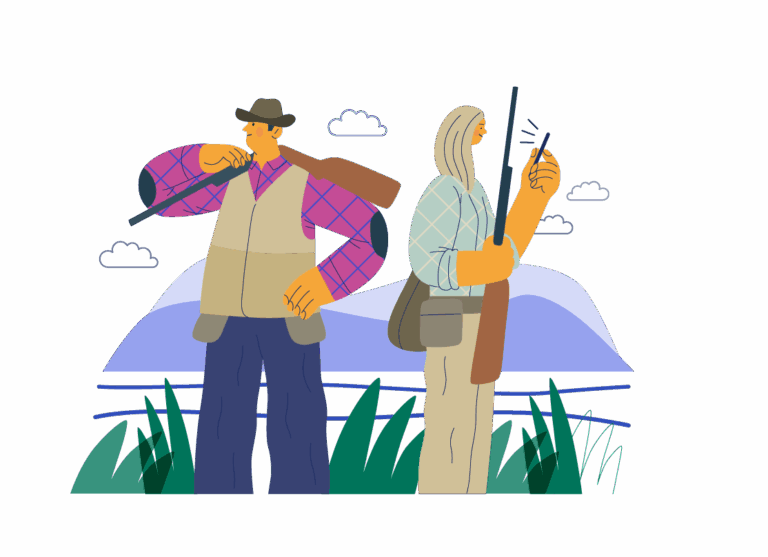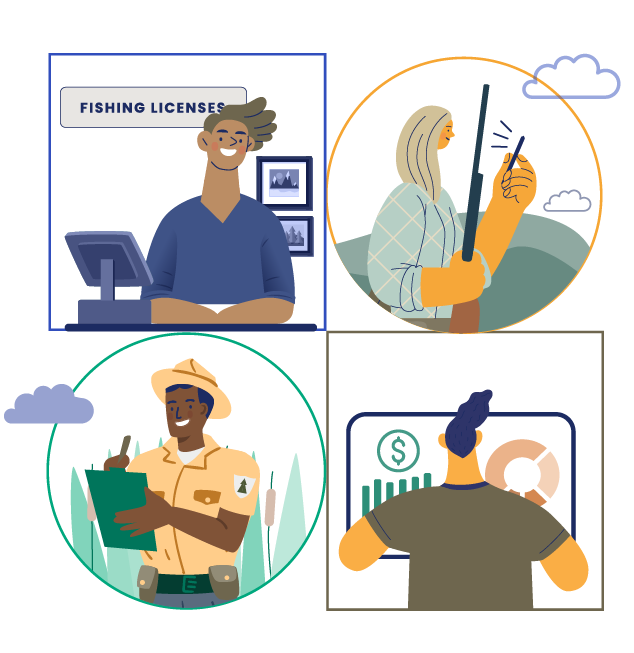- Reports and White Papers
Online to Outdoors: A Smarter Approach to R3
Participation in hunting, fishing, and other outdoor activities is on the decline, and that’s a serious problem for conservation funding. This guide shows how state fish and wildlife agencies can combine traditional R3 strategies with modern technology to build stronger relationships with the public and drive sustainable revenue.
In this guide:
Use tech to reduce participation barriers and make it easier for people to get outdoors
Leverage CRMs and email marketing to recruit, retain, and re-engage participants
Track and prove the impact of events with a purpose-built platform
Create content that connects through personalized emails, social media posts, and mobile notifications

Whether you’re brainstorming a new outreach campaign or rethinking your licensing system, this guide offers practical, actionable strategies to support your mission — and encourage people to spend time outdoors again.
Using technology to engage outdoor enthusiasts and boost conservation funding
Declining participation in hunting, fishing, and target shooting hits conservation funding directly, shrinking the dollars available for wildlife management, public land access, and habitat protection. But to start (and continue) an outdoor pursuit, people need to feel a clear connection between the activity and their identity.

R3 (Recruitment, Retention, and Reactivation) has emerged as the gold standard strategy to reinvigorate participation in outdoor activities. But traditional efforts alone aren’t enough to meet today’s expectations. To reach new audiences and re-engage lapsed participants, conservation agencies need tools that reflect how people connect, engage, and make decisions in a digital world.
Modern technology enables agencies to provide personalized information at the right time and track a participant’s progress through the adoption process — identifying when specific efforts and programs make the most impact.
This guide explores how conservation agencies can use modern digital tools to enhance traditional R3 tactics and better serve outdoors enthusiasts:
- Get strategic with messaging: Why CRMs are critical to create tailored communication, addressing the specific needs and interests of people in each stage
- Help lower adoption barriers: Make sure content about introductory programs, accessible resources, skill development, and events lands in the right inbox
- Promote conservation: Weave conservation messaging into all stages, helping participants connect their outdoor experiences to environmental stewardship
- Use data to build community: Digital data makes it easier to personalize engagement, improve access, and foster long-term participation
From digital licensing systems and CRMs to smarter email strategies and event management tools, Online to Outdoors breaks down how state fish and wildlife agencies can improve outreach with modern technology: remove barriers, personalize outreach, and deliver a better experience at every stage of the participant journey.
Approach conservation with smarter tools
In the guide, you’ll find real-world examples, like how the Arkansas Game and Fish Commission used CRM-powered messaging to boost engagement and revenue, plus practical tips for collecting better data, activating volunteers, and writing RFPs that pave the way for scalable tech.
By focusing on these key areas, agencies can effectively promote outdoor pursuits and conservation — and see sustainable growth and retention of participants, aligning with the goals of R3.




